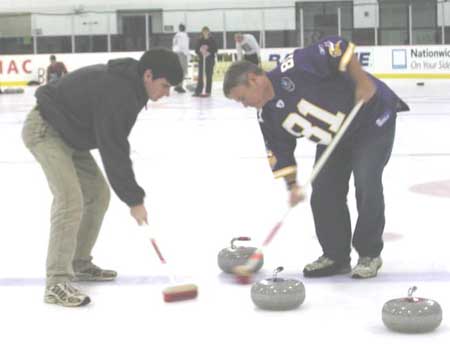Metrics and Methods for On and Offline Success, so goes the subtitle of this book. This is a fantastic piece of work by Akin, who I have known for quite some time – since the early days of eMetrics.
What’s so good about this book? Well, this is a tough space to write for, this seam where Marketing and Technology meet. There’s an audience on either side and you’re writing down the middle. Akin has done a great job producing a work that should have both sides paying attention and hopefully will provide a platform for better communication with each other.
The framework he chose for the book is a brilliant approach.
First, a dissection of Online, Direct, and Brand Marketing. What are the metrics and methods that drive each of them? How is each of these Marketing disciplines handling the multichannel challenge within their own silos, and what are they probably missing because of silos?
This first part of the book I think will be widely appreciated, especially on the Technology side, for laying out in a logical way what the various Marketing factions are up to, why they do what they do, and how they look at measurement. I find in the web space particularly lots of people have 1999-era notions of what “Measuring Marketing” is. Akin provides really great background here, lots of detail on where the various measurement approaches come from and how they are used.
This Online, Direct, and Brand Marketing structure becomes the backbone of the book, it continues throughout the entire work and provides the reference point, the base for understanding. Very smart idea, it brings everybody to the party.
In Part 2, Akin looks at why the various factions should be sharing their metrics and methods, how fusing the various multichannel measurement approaches developed by Online, Direct, and Brand Marketers results in a whole better than the sum of parts. This section really digs into which metrics and measurement approaches are best for different situations and levels of available data. I really like this “cascading” approach to data. Got a little data? Look at measurement this way. Got more data? Think about measurement this way. Got a ton of data? Here’s the best way to look at measurement.
This section really gets into the whole control group issue, and why, if you can, you should Measure Customers, not Campaigns, to determine your success. Response is one thing, lift can be quite another. Once this idea becomes fully embraced by the web analytics community, it’s going to be very disruptive. But using controls is standard procedure in the BI world, so trust me, it’s coming to web analytics.
In Part 3, Akin flows it all together, providing sequential examples using the Attract & Acquire, Engage & Covert, Grow LifeTime Value metaphor. What does truly integrated (no silos) multichannel Marketing look like in practice? What do you do and how do you measure the results? Now we’re cutting waste and improving Marketing Productivity throughout the entire Customer LifeCycle.
This section is notable for the use of case studies and detailed examples of what it looks like when you are actually maximizing value in an integrated way across all the touchpoints. What Marketing looks like as it morphs from the ancient offline calendar-based Campaign model into the “right person, at the right time, with the right message”, Measure Customers not Campaigns approach.
This book is a significant addition to the knowledge base, particularly in the area of integrating Brand Measurement into the overall customer management picture. He also provides a fabulous aggregation of Brand Measurement research sources I found very useful.
Notable brand new ideas that I’m not aware of seeing anywhere else are the Maturity of Multi-channel Profiles idea and the Cross-Channel Funnel Report. There are numerous other concepts that may not be brand new to the reader but are expressed in new or unique ways that are better than what has come before.
Fantastic job, really. I’d call the book a must read, the kind of book I absolutely would not hesitate to hand to Senior Marketing folks and say, “Read this, it’s about where we are going”.
Probably wouldn’t use those exact words, but you get the idea…
As for the relevance of the picture below, see page 144 in Akin’s book!

